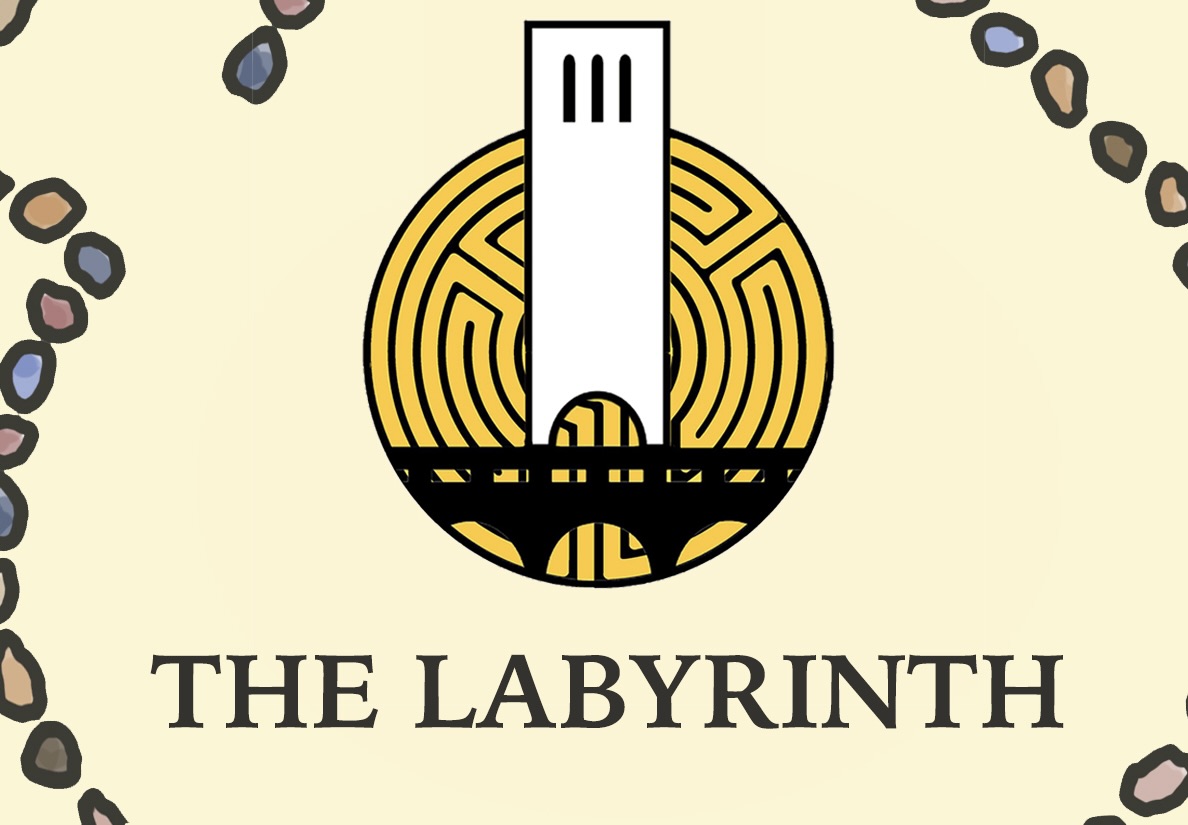Like many fellow Netflix binge-watchers, I have recently found myself drawn toward the new miniseries “Baby Reindeer” from acclaimed hype on social media. All I had heard prior to opening up my laptop and beginning the highly anticipated binge-watch was that this series follows the dark comedy story of a comedian who has been stalked for years by a random woman. I was immediately drawn to the plot as well as the dark comedy genre, which I have seen in another one of Netflix’s hit series, “Black Mirror.” After browsing some reviews on Letterboxd, as one naturally does, I read a few claims about how “Baby Reindeer” completely immerses the viewer into the story and is one of the biggest successes on Netflix in a long time. All these reviews from self-acclaimed critics intrigued me and without further ado, after a long day of classes on Tuesday night, I finished the miniseries at 2:30 a.m. To my surprise, I did not think that I would be going to sleep that night, as I was in psychological warfare with myself trying to understand how my trauma affects me in everyday life.
If you haven’t already seen the series or read the plot, the dark comedy follows Donny Dunn, based on real-life comedian Richard Gadd, and how his singular act of kindness with a stranger led to an obsessive stalker, Martha Scott, played by Jessica Gunning. One day while Dunn is bartending at work, a woman sits down at the bar and he offers her a free cup of tea. That woman happens to be Scott, and from then on she torments Dunn with persistent visitations to his work and increasingly disturbing messages. However, that description is only the tip of the iceberg of the emotional depths and plot lines that are derived from this series. Prior to watching the show I had anticipated a mere to-the-point stalker story, mainly absorbed around detailing the extreme anxieties that come with having a stalker and leading to an ending where the protagonist gets justice and finally rids themself of this nightmare. However, Gadd pours his entire soul into this series, exposing many intimate and quite traumatic details of his life, bringing the viewer to question, alongside the protagonist, just how much the aftermath of trauma impacts one’s life, and the daunting question: Was Scott ever really a villain in the first place?
Without exposing too many spoilers, the series begins with Dunn having his first encounter with Scott and the kind gesture of providing her with a free cup of tea. From there, we watch the progression of Scott’s encounters with Dunn. It starts with constant reappearances at the pub where he works, persistent uncomfortable emails and even showing up to his comedy shows to antagonize him. Yet, for myself and fellow first-time viewers, the following question persists: Why doesn’t he put his foot down with Scott and sternly shut down all of their interactions?
The answer can gradually be pieced together, starting in the fourth episode, when Dunn recounts a traumatic experience and describes his life after this experience. In the fourth episode, we watch the lengths that Dunn goes to become a successful writer, and throughout this endeavor we see how he gets taken advantage of by a highly successful figure who promises him fame but instead only leaves him with trauma.
This episode leaves the audience with the same puzzling question: Why does he continue to go back to his abuser? Why doesn’t he shut down his interactions with this figure? This is the epitome of how “Baby Reindeer” encapsulates trauma and details the cycle of abuse after one has been traumatized. Dunn describes in one of the later episodes how the constant communication with Scott, although disturbing, provided him with a strange sense of comfort. This can be brought back to the beginning of his abuse in the fourth episode and how he continued to revisit his abuser even after ultimately knowing the disheartening result each time.
“Baby Reindeer” is a phenomenal yet haunting depiction of trauma. The viewer is invited into the most intimate details of Gadd’s life and how he continues to fall into the cycle of trauma. This is even more striking after considering how Gadd himself is actually acting out moments of his own trauma in his portrayal of Dunn. After the fourth episode, we see him continue to make the same mistake of allowing a traumatizing individual into his life and the consequences of those actions on himself and his relationships. Unlike many “stalker”-like depictions in the media, “Baby Reindeer” does not place the blame only on Scott. In actuality, the series makes a strong point to detail how mental illness and childhood trauma caused the irrational behavior that Scott had been displaying toward Dunn. In the final sequence of the series, we hear her voice as Dunn listens to one of her many copious voicemails and it is discovered as to why Scott had been him “Baby Reindeer” all this time. Ironically, this is being explained to Dunn as he realizes he does not have enough money to pay for a beer at the bar, leading him to be in the same position Scott was in at the beginning of the series: the recipient of a random kind gesture. Both these revelations bring the viewer full circle with the effects of trauma, and it is a question as to whether Dunn realizes that he ended up just like Scott or that what initially happened to him was never his fault at all to begin with.
After I had finished watching the final episode of “Baby Reindeer” and was trying to piece together all of the complex themes of trauma in Gadd’s series, I was confronted with a very daunting question, one that continues to plague me even days after: Do we all subconsciously follow self-destructive patterns because we have not healed from our trauma? We see firsthand how Dunn continued to follow these behaviors and self-sabotage throughout the series because of his trauma and the difficulty of realizing that he was in fact a victim of abuse, and how even years later this led him into another cycle of abuse. So while “Baby Reindeer” may not offer us a solution on how to deal with trauma and its effects, it instead lends a comforting hand to those who have experiences similar to Gadd’s.
One of the most admirable aspects of this series is how, instead of having Dunn end with a “happy ending” so to speak, it ends with him understanding the consequences of his self-destructive actions and how he is not simply a victim but also played a vital role in Scott’s torment. It offers viewers a reflection of trauma, but does not exclude the consequences of this and how easily the cycle of trauma can be repeated.

















Make $170 per hour. its very hard to find jobs nowadays. In this situation, you have va02 access to a wealth of resources to help you with your working abilities. Be motivated to promote Thousands of works such as copy paste things through job boards and career ac-60 websites on internet
Just Take A Look At This>>>>>>>>>>>>>>> https://achievethegoals02.blogspot.com/